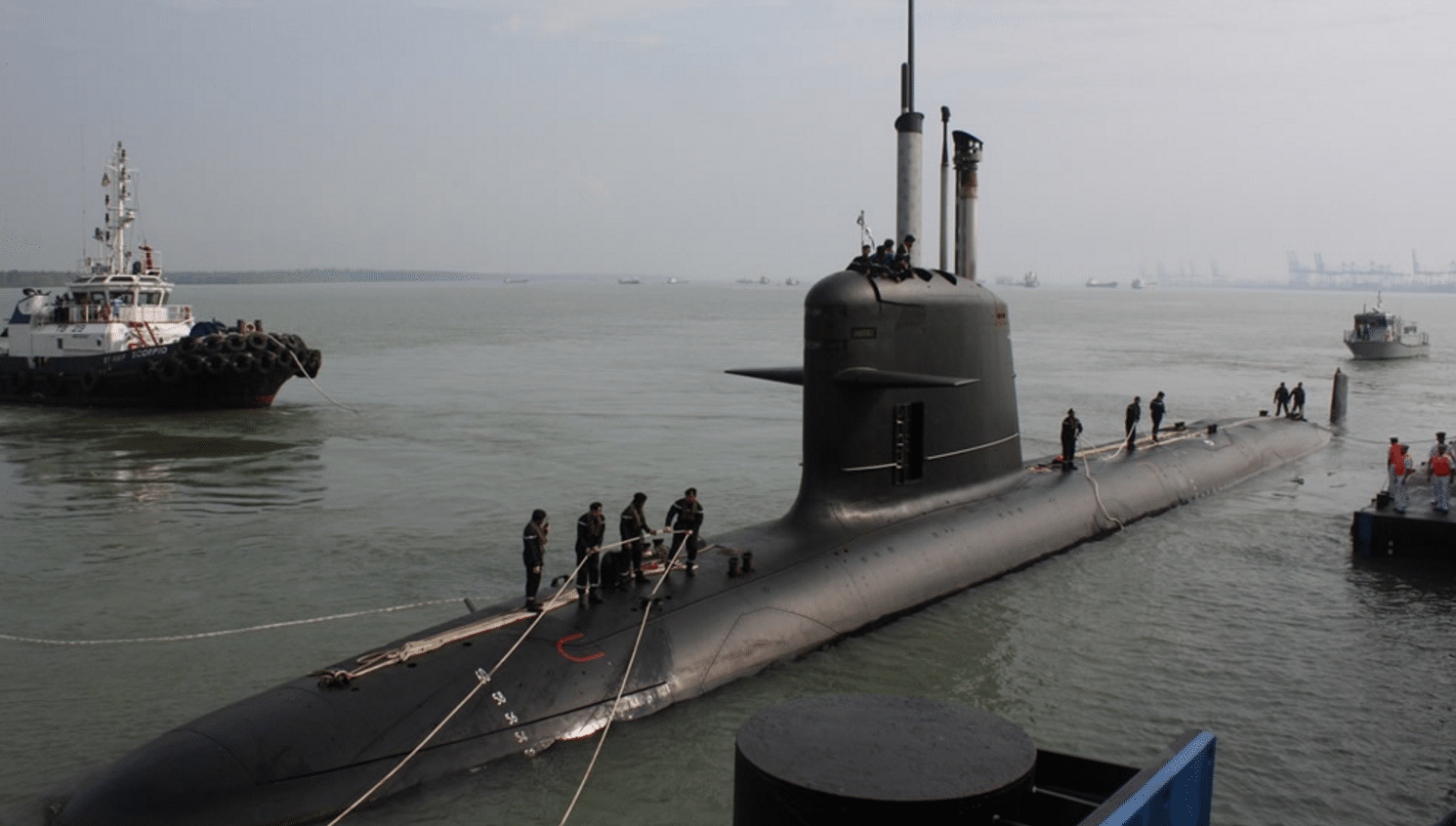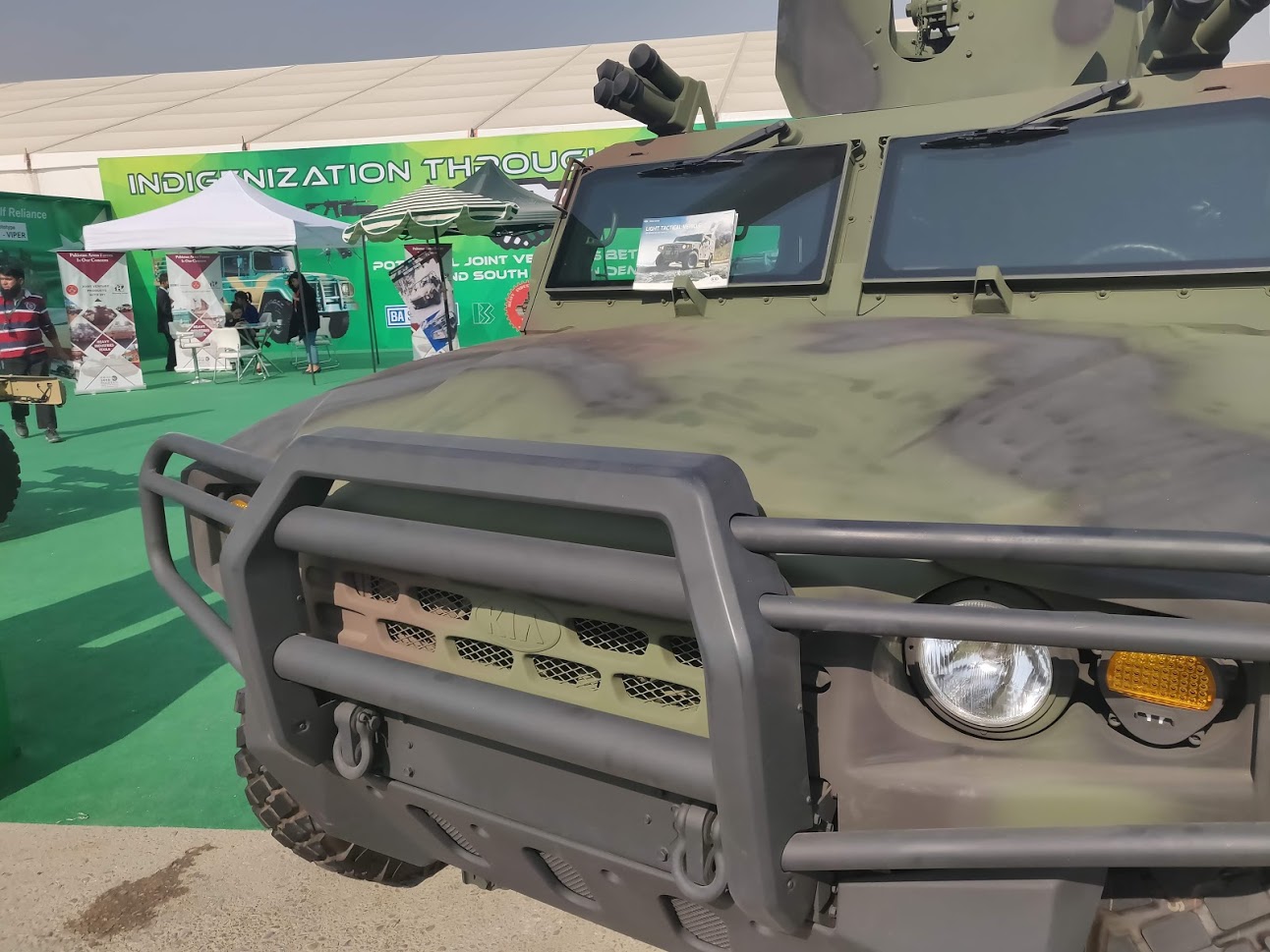2502Views 7Comments

Northrop MEMS: An alternative to satellite-guided munitions?
12 April 2016
By Bilal Khan
Precision-guided bombs (PGB) are becoming a common sight on the global arms market. Thrown into popularity through the introduction of the American Joint Direct Attack Munition (JDAM), PGBs furthered the ability of air arms to attack fixed targets of value, especially at stand-off range – away from the threat of enemy resistance (in the form of surface-to-air missiles, for example).
Countries all over the world have the option to pick up PGB kits from the West, the East, and even Africa. The guidance systems of these munitions involve inertial navigation systems (INS) and satellite navigation aids (e.g. GPS, GNSS, BeiDou, and Galileo). The INS is used to guide the munition from A to B, but satellite coverage is used to correct for the INS’ errors (which accumulate as the munition is on course).
As one might imagine, satellite navigation systems such as GPS are crucial to ensuring that the PGBs reach their target, but this advantage is vulnerable to interdiction by the enemy. Of course, many countries may not benefit from assured satellite coverage, but coverage may not always be available, even for users in possession of satellite assets. It is for that reason that the U.S. is seeking to enhance INS technology by greatly improving microelectromechanical systems (MEMS).
MEMS are the miniature gyroscopes and accelerometers, and are a common feature in many consumer devices, particularly smartphones. But these MEMS have very high rates of ‘bias error’ – i.e. the rate at which the INS accumulates errors in the course of its travel. The U.S.’ Defense Advanced Research Projects Agency (DARPA) awarded Northrop Grumman (subscription required) to develop MEMS hardware with very low bias error for use on PGBs.
The motivation is to have a back-up guidance system for use on weapon systems such as JDAM in case of satellite navigation failure, which could theoretically occur via signals jamming by an enemy. However, many countries will be interested in seeing INS improve, at least to the extent where the loss of satellite-aided guidance is not an insurmountable challenge to overcome. It is almost certain that others, such as France, China and Russia, will follow suit with their own improvements to INS, especially in the context of pushing the appeal of their defence exports.
At the end of the day, users of PGBs will also need to know exactly where their targets are located, which in turn requires a range of other intelligence assets (such as reconnaissance satellites). Better INS has its utility, but maybe not so much in terms of long-range strikes, especially at the scale of cruise missiles.
That said, at the tactical level, especially where targeting pods are used to identify fixed targets at up to 20km or so, INS-only PGBs could be really interesting. A fighter equipped with dual-guidance munitions (i.e. those equipped with INS/GPS and laser) could potentially engage different fixed targets in an area in quick succession. This technology would basically be a significant boost for “fire-and-forget” munitions. One should not forget the improvement this will bring to beyond-visual-range air-to-air missiles as well.
Overall, one should not let this relatively low-key program out of this sight, at a few levels, it could result in genuine changes on the battlefield.



7 Comments
by Mohsin E.
Theoretically, I think, GPS can be made redundant by 4 aircraft flying on the edges of AO, relaying the required time + coordinate information via a datalink to all units and munitions within it. All GPS does is map 3 positional coordinates with a 4th unknown i.e. Time (with time being the hardest to get right, due to relativistic effects, which wouldn’t even be a problem for aircraft travelling much slower and closer to the earth, I assume.) I would much rather rely on these 4 aircraft which can pump a strong encrypted signal specifically to my own forces (that won’t be spoofed), rather than a generic GPS signal requiring 4 satellites within line of sight, that are weakly transmitting to everyone, and can also be spoofed…
by MT
Many problems with such naive approach
1 You would need to track precise position of aircraft which isn’t accurate if one rely on flight control radar & base station. There is atleast 50-100 meter error in sensor position estimate from your true position
For the same reason it’s not possible to have autopilot landing without geo augmented navigation system(wrapper system on basis of gps) so eventually u need state of art Inertial navigation system in aircraft to extract precise 3d kinematics position
2. Then comes problem with line of sight. An aircraft can barely see 40-50 kilo meter with decent accuracy.all 4 aircraft has to follow PGM at different angles for accurate spherical intercept
so there is lot of additive noise from radar data, 3d kinematics position estimate coming from actuators/engine encoders, inertial navigation system of aircraft ; various synchronisation issues among aircraft , entire virtual gps systems and pgm
lately u ll have large systematic bias once your aircraft’s can’t cross the border & aircraft’s have to correlate & extrapolate from very far distances
by Mohsin E.
1) But the GPS sattellites themselves need their position verified by radar. Its basically the same scenario but instead of sattellites u have aircraft. Also inertial systems require corrections from outside sources, even the “state of the art” ones. You probably meant to say that INS *cant* provide exact positional information?
2) The suggested alternative (or back up) assumes either total air dominance or supremacy over the edges of the battle space. Comparably, even GPS satts arent invulnerable… the GPS/Glonass or equivillent Chinese system will most likely be taken out in the opening shots of an all out future conflict involving the major players anyway. Even without taking out the GPS sattellite you can block or (even better) spoof its signal easily. Aircraft based systems can be secured, encrypted and updated easily. Theyre signal will be much stronger as well.
by Mohsin E.
Not sure why my reply didn’t get posted, but I’ll retry:
1) GPS satellites also require their position verified/corrected by ground based radar, as there is an error rate in satellite’s own estimate of their positioning. I assume it would actually be easier to verify the aircraft’s position as many more radars can be used to tally their positions, rather then the few satellite tracking radars that exist.
2) The scenario suggested assumes air dominance within, or at least supremacy around the required airspace. Keep in mind, even GPS satellites are not invulnerable. However, it’s much easier to replace, update and secure an aircraft based system.
by MT
Gps satellite are positioned in medium earth ,GEO orbit & no country hav been able to bring them down .
Error rates among satellite is minimised with caesium /rubidium atomic clock time stamp given to base station for L1,L2 optimisation.
do realise that base station can b as far as 1000’s km
india has no nasa gps base station which is possiblly positioned in diago garcia and Singapore but indian users can get 10 meter precise gps data
Aircraft navigation system is limited by precision of miniaturized radar. infact all of missiles fired with help of aircraft radar need terminal seeker to home onto target.
command guidance CLOS radar is limited by range,line of sight and area of curvature
by Mohsin E.
GEO (>36 km) and MEO (>2 km) aren’t the same. GPS/Glonass satts are on the upper end of MEO (20km) with an orbital period of 12 hours. Theoretically, you could take out the entire constellation with just 1 or 2 rockets with micro-payloads of mini anti-satellite-satellites.
ASAT tech is a very classified area, we don’t know where the major players stand exactly, but you can be sure that taking out GPS/Glonass/Gallilleo isn’t going to be impossible for any them. If you can put up a satellite into orbit, then you can take it down, it’s just a matter of your level of interest/investment.
And the 4 aircraft will also have atomic clocks for synchronization. It’s just a replication of the same system but at a much lower altitude, think of it that way. LOS can be extended by synchronized drones as well, couldn’t it? It’ll require an advanced algorithm, but I think it can be done. I’m just trying to think of a redundancy, because satellites are just too vulnerable, they need a backup.
by MT
most Geo satellite are above 20000km
Well none of USA cheen have attempted to hit satellites above 3000km.
all top5 space powers : USA Russian China EU India can build asat capabilities
aircraft miniaturized radar can’t detect > 60 km object with single Digit CEP . so u ll need long range AWACS flying at high altitude to mimic GPS with in small region